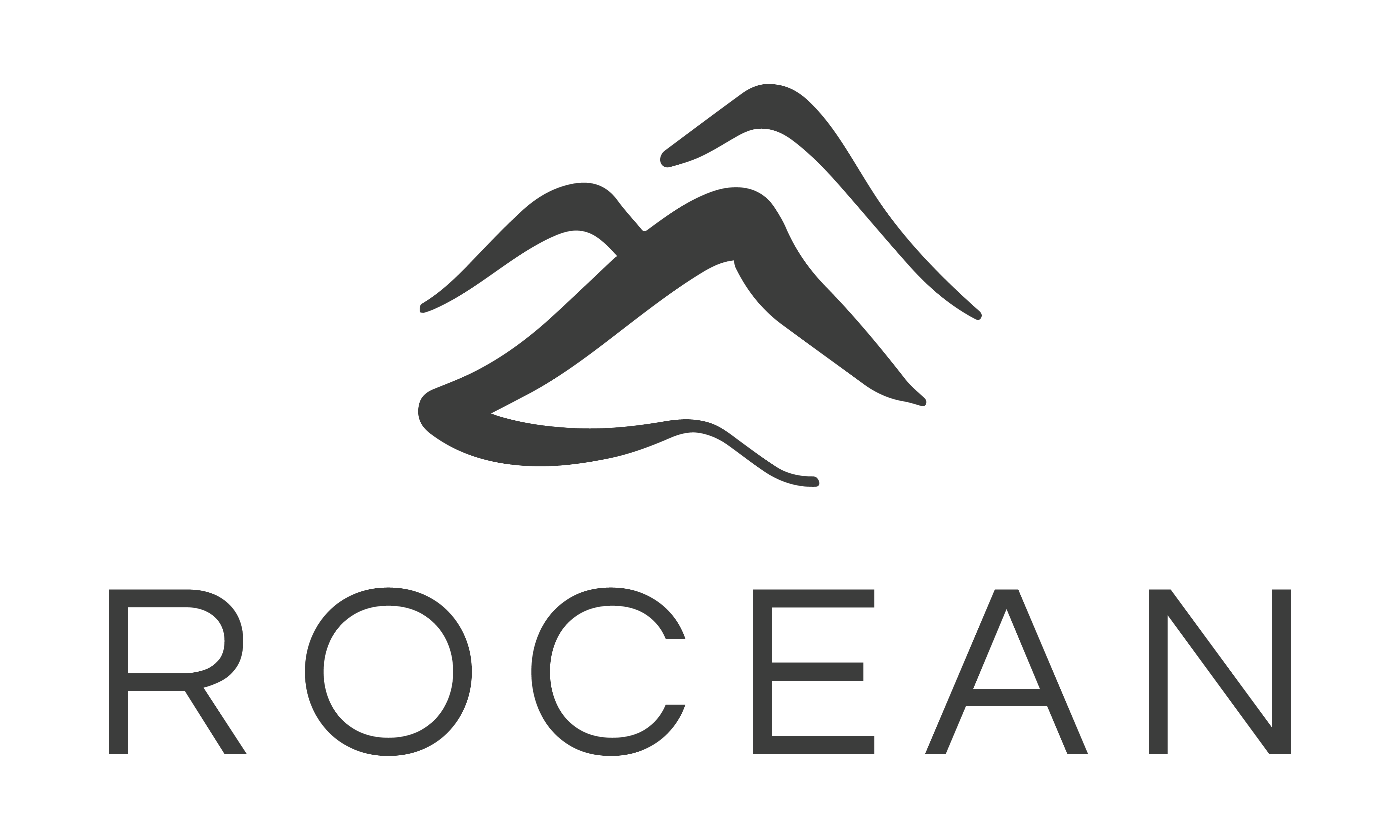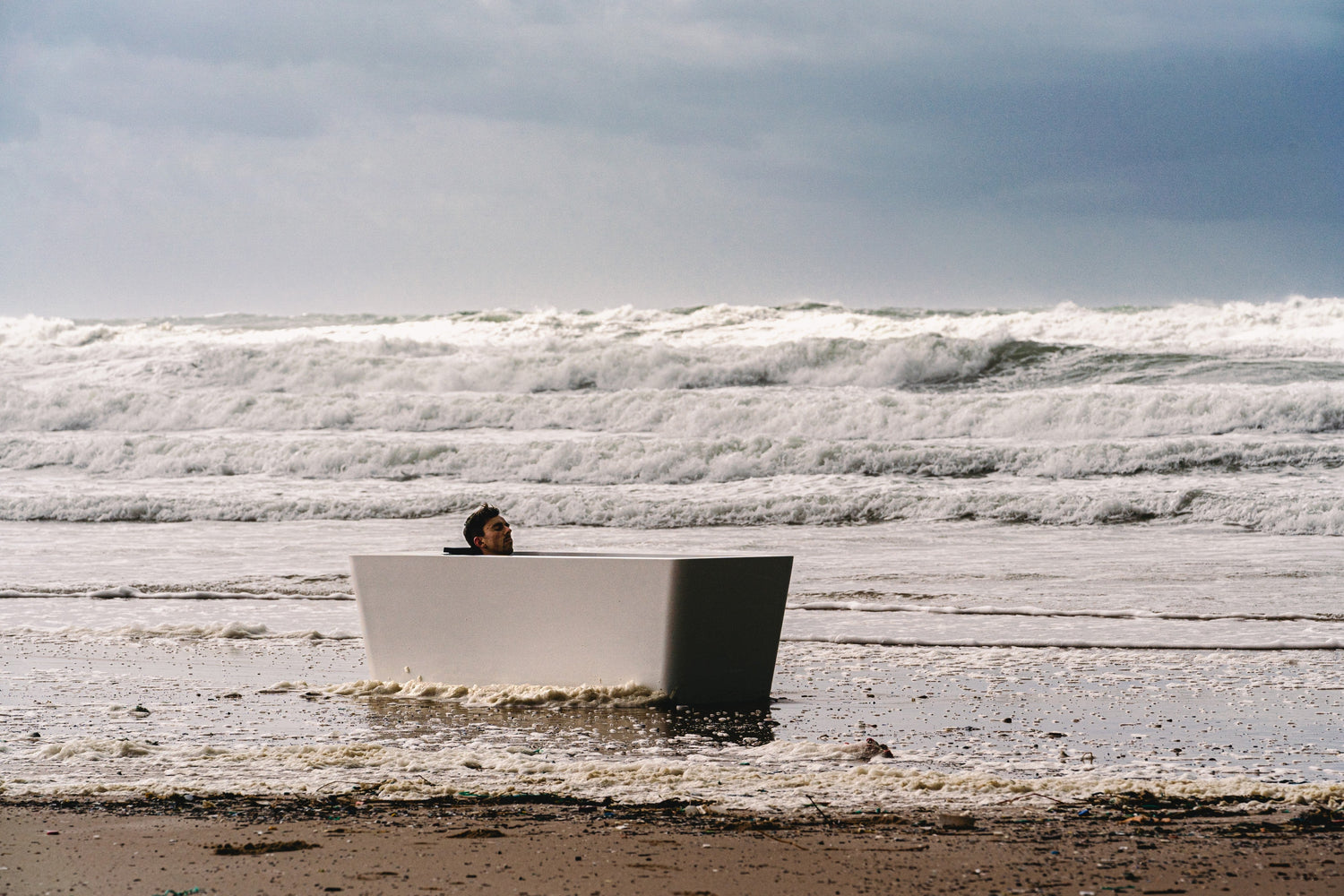Cold therapy, commonly referred to as cryotherapy, is a treatment method that uses very low temperatures to relieve pain, reduce inflammation, and accelerate body recovery. For centuries, it has been used in various medical and athletic settings to treat injuries and relieve muscle tension. When applied to the whole body, cryotherapy stimulates the nervous system by triggering a release of endorphins, improving mental clarity and alertness. Today, cold therapy encompasses different techniques, such as cold baths and whole-body cryotherapy, each with unique benefits. While cryotherapy targets the superficial layers of the body, ice baths offer total immersion, both of which are recognized for their effectiveness in physical recovery, athletic performance, and overall well-being.
What is Cryotherapy?
Cryotherapy, derived from the Greek words "cryo" (cold) and "therapy" (cure), is a treatment that exposes the body to extremely low temperatures for a short period of time, usually between 2 and 4 minutes. This therapy involves applying cold to specific areas of the body to speed healing, using ice, ice packs, or cooling gels. The most common form is Whole Body Cryotherapy (WBCC) , where the individual places themselves in a chamber filled with nitrogen gas, cooling the air to temperatures ranging from -100°C to -140°C. This procedure aims to significantly lower skin temperature without affecting the body's internal temperature.
The Benefits of Cryotherapy
- Reduced Inflammation : Intense cold causes vasoconstriction, reducing blood flow to inflamed areas, which helps to effectively decrease inflammation.
- Pain Relief : By numbing nerve endings, cryotherapy provides fast and effective relief for conditions such as arthritis, muscle pain, and joint pain.
- Accelerated Recovery : Athletes use cryotherapy to minimize muscle damage and speed recovery after intense training, promoting better performance.
- Improved Mood and Energy : Exposure to cold stimulates the release of endorphins and adrenaline, leading to a natural increase in mood, reduced stress, and a boost of energy.
- Reduction of Oxidative Stress : Cryotherapy helps decrease oxidative stress by reducing oxygen production in damaged muscles, thus providing overall benefits to the body after several sessions.
What is a Cold Bath?
A cold bath, or ice bath, involves immersing the entire body in cold water, usually between 3°C and 15°C, for 10 to 15 minutes. Unlike cryotherapy, which uses cold air, cold baths use water, providing a more gradual but deeply penetrating cooling effect. This total immersion in cold water can also improve mental well-being, strengthening mental resilience and improving blood circulation.
The Benefits of Cold Baths
- Muscle Recovery : Cold baths are widely used by athletes to reduce muscle soreness and speed up recovery after intense exercise.
- Improved Circulation : Cold water causes vasoconstriction followed by vasodilation when you get out of the bath, improving circulation and removing metabolic waste from the muscles.
- Strengthening Mental Resilience : Cold baths strengthen mental resilience by forcing you to endure prolonged discomfort.
- Accessibility and Cost-Effectiveness : Cold baths can be performed at home, making them more accessible and cost-effective than cryotherapy sessions.
- Mental Clarity and Vitality : Immersion in a cold bath combined with controlled breathing can promote mental clarity, and aid in physical and mental revitalization.
- Stress and Anxiety Reduction : Cold baths can also help reduce stress and anxiety by stimulating the release of endorphins and improving the management of nerve signals.
Main Differences Between Cryotherapy and Cold Baths
- Temperature and Duration :
- Cryotherapy : Exposure to extremely low temperatures (down to -140°C) for 2 to 4 minutes.
- Cold Baths : Immersion in cold water (10°C to 15°C) for 10 to 15 minutes.
- Cooling Mechanism :
- Cryotherapy : Use of dry cold (cold air) to rapidly cool the skin's surface.
- Cold Baths : Use of wet cold (cold water) for more gradual and complete cooling of the body.
- Experience :
- Cryotherapy : A rapid and intense burst of cold, perceived as invigorating or uncomfortable depending on the individual.
- Cold Baths : A slower, more prolonged immersion, mentally more challenging due to the duration of the discomfort.
- Cost and Accessibility :
- Cryotherapy : Generally performed in specialized clinics, which makes it more expensive and less accessible.
- Cold Baths : Easy to perform at home, making this method more convenient and affordable for regular use.
- Health Benefits :
- Cryotherapy : Known for its effects on rapid recovery, pain relief, and mood boost thanks to endorphins.
- Cold Baths : Provide similar benefits while focusing on improving circulation and strengthening mental resilience.
Investing in Cold Therapy
While cryotherapy is a costly option, often requiring specialized equipment or spa memberships, cold baths offer a more accessible and cost-effective alternative. You can easily enjoy the benefits of cold baths at home by simply adjusting the water temperature to suit your needs. Incorporating either method into your wellness routine can boost your physical and mental health, making it a valuable investment in your long-term well-being. Discover Rocean Cold Baths , designed to easily integrate cold therapy into your daily life. Adopt Rocean today and revolutionize your well-being!




